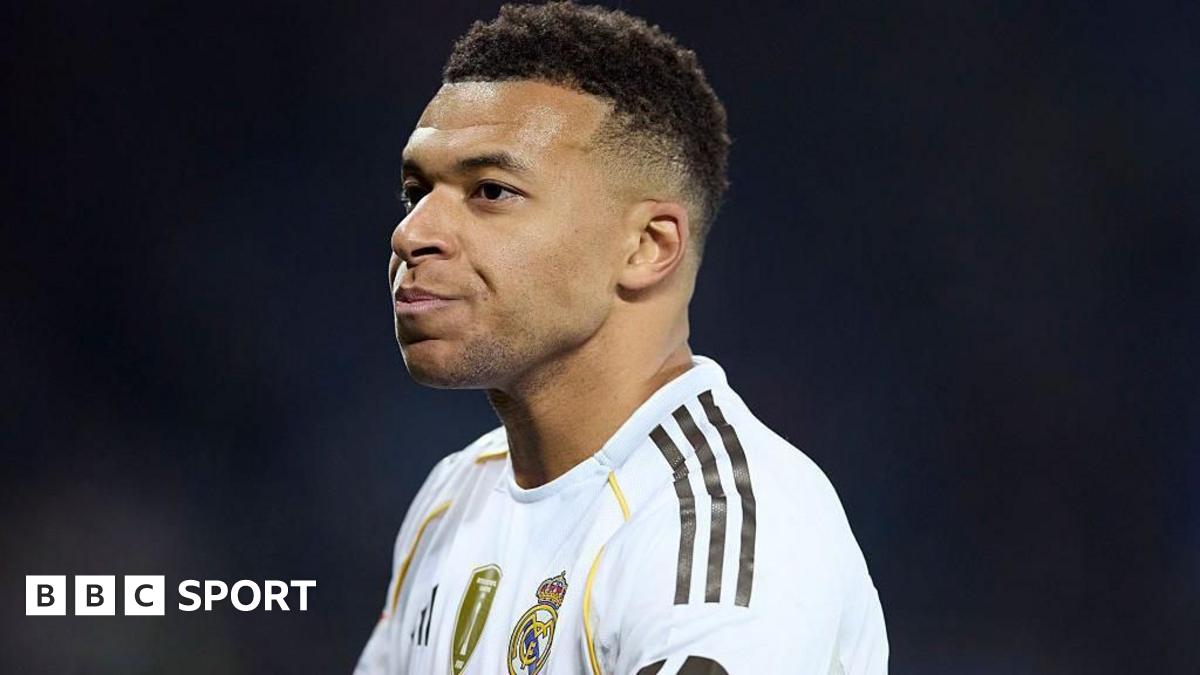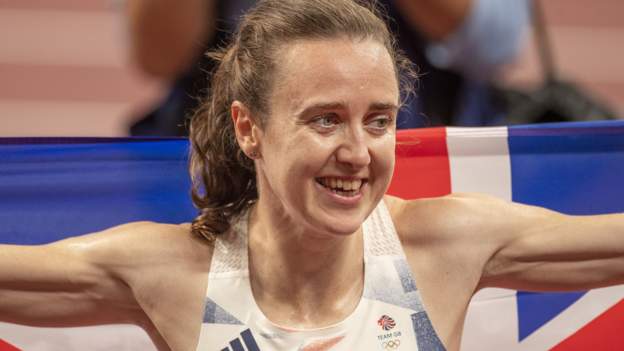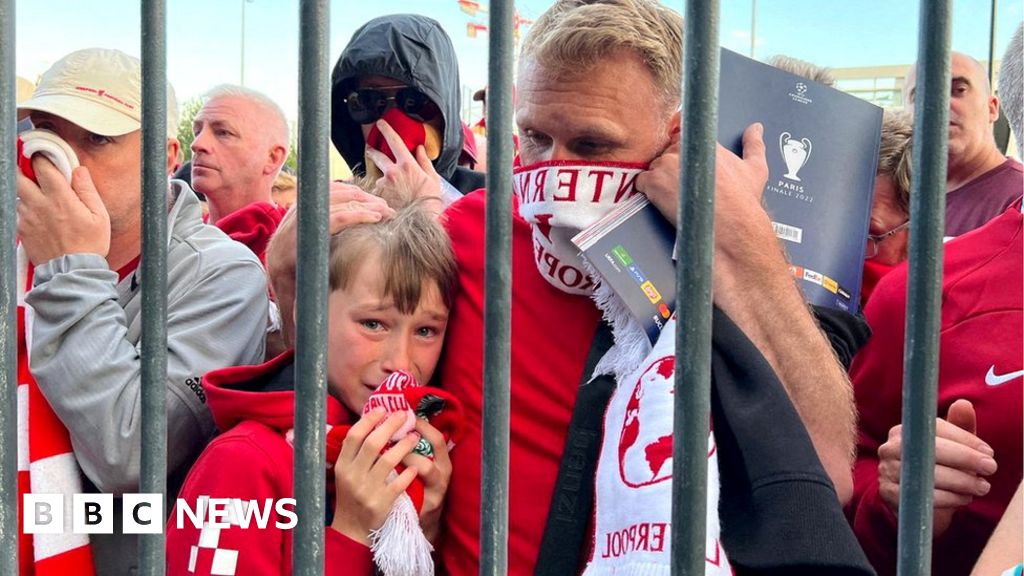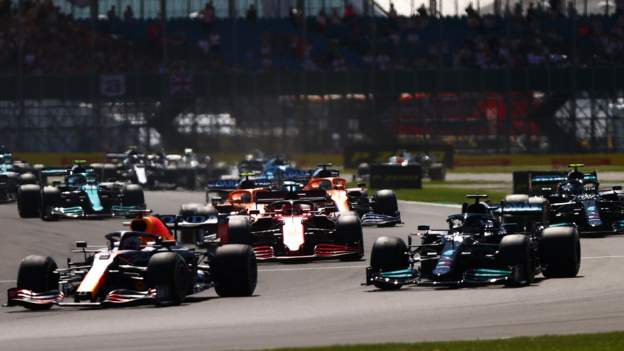European football will remain “strong, stable and united” in 2022 despite the Covid-19 pandemic costing clubs 7bn euros (£5.83bn), Uefa president Aleksander Ceferin has said.
The costs to clubs across the two seasons between 2019-2021 is highlighted in their Football Landscape Report.
It analyses the men’s and women’s games in Europe, during a period when finances have been devastated by games in empty stadiums, a reshaped calendar and TV rebates.
Ceferin describes some of the details as “sobering”.
Uefa says projected losses for European top-flight clubs in 2021 are 4bn euros (£3.33bn), exceeding the 3bn euros (£2.5bn) figure from 2020. The majority of these losses come from the collapse of gate receipts, which have fallen by 88% as stadiums across Europe were closed.
It is estimated a further 900m euros (£750m) was handed back in rebates to TV companies, with a further 1.7bn euros (£1.42bn) loss in commercial and sponsorship revenue.
Other key revenue figures include:
- Player wages at ‘top’ clubs rising by 2% to 11.9bn euros (£9.91bn) over the two years despite the collapse in revenues.
- Of overall income, 91% was accounted for either by player wages, transfer costs and staff wages, up from 66% in 2019.
- English clubs accounted for an estimated 27% of global transfer activity, 34% of global transfer spending and 20% of global transfer income.
However, with fans returning to stadiums in varying degrees and the 2020-21 campaign completed on time, Ceferin believes there is reason for optimism, even though the threat of a biennial World Cup, which Uefa is leading the opposition to, remains.
Last April, 12 clubs tried to form a breakaway European Super League only for the plan to collapse two days later.
“One lesson of the last two years has been that it is only by showing solidarity and working together that European football can overcome existential challenges such as the pandemic,” said Ceferin.
“This report provides sobering details of the post-pandemic challenges that await us. But whether the pandemic stays or goes, European football will stay strong, stable and united in 2022.”
The women’s game
The growth of the women’s game is illustrated by the fact only three of Uefa’s 55 members – Andorra, Liechtenstein and San Marino – do not have a domestic competition. Forty-seven countries have a domestic cup competition and four – England, Scotland, Israel and Portugal – have two.
Northern Ireland and Scotland are the only two countries where the women’s league is organised by a separate entity to the national association. England is one of four countries where all men’s top-flight clubs have a women’s section that includes youth and senior teams.
Six leagues have broadcasting deals in international markets.
Spreading the load
Clubs across European competition used more players last season than previously, with just 10% of A-list players starting all six Champions League games and 12% in the Europa League, down 5% on pre-pandemic levels.
In domestic competition, the only countries who followed the Premier League’s return to three substitutes from five for the 2020-21 season were Azerbaijan, Belarus, Estonia, Faroe Islands, Luxembourg, Georgia and Northern Ireland.
Even so, English teams still only used 2.7 substitutes per game on average, with Manchester City, at just over 2.0 substitutes per game on average, returning the lowest number per game of all 322 clubs assessed.






















